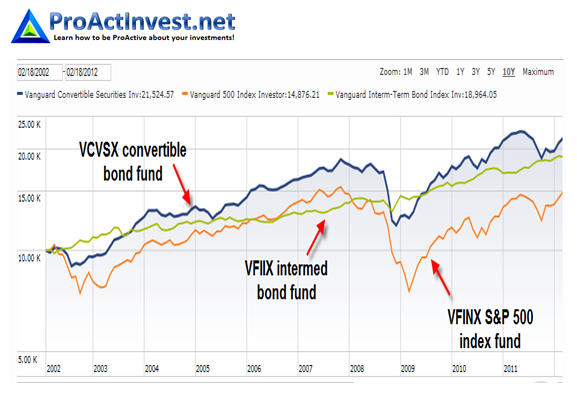How to Determine Total Returns from Bonds or Bond Fund Investments For Dummies
Post on: 16 Июнь, 2015 No Comment

Total return is the entire pot of money you wind up with after an investment period has come and gone. Bonds or bond funds involve your interest and any changes in the value of your original principal. Ignoring for the moment the risk of default (and losing all your principal), here are other ways in which your principal can shrink or grow.
Figuring in capital gains and losses on your bond investment
In the case of a bond fund, your principal is represented by a certain number of shares in the fund multiplied by the share price of the fund. As bond prices go up and down (usually in response to prevailing interest rates), so will the share price of the bond fund go up and down.
Because of bond volatility, the share price of a bond fund may go up and down quite a bit, especially if the bond fund is holding long-term bonds, and doubly-especially if those long-term bonds are of questionable quality (junk bonds).
In the case of individual bonds, your principal will come back to you whole but only if you hold the bond to maturity or if the bond is called. If, on the other hand, you choose to sell the bond before maturity, youll wind up with whatever market price you can get for the bond at that point.
If the market price has appreciated (the bond sells at a premium), you can count your capital gains as part of your total return. If the market price has fallen (the bond sells at a discount), the capital losses will offset any interest youve made on the bond.
Factoring in reinvestment rates of return on bonds
Total return of a bond can come from three sources:
Interest on the bond
Any possible capital gains (or losses)
Whatever rate of return you get, if you get any, when you reinvest the money coming to you every six months
Believe it or not, on a very long-term bond, the last factor your so-called reinvestment rate will probably be the most important of the three! Thats because of the amazing power of compound interest.
Allowing for inflation adjustments
Your truest total rate of return needs to account for inflation. To account for inflation when determining the real rate of return on an investment, you can simply take the nominal rate of return (perhaps 5 or 6 percent) and subtract the annual rate of inflation (which has been about 3 percent in recent years). That will give you a rough estimate of your total real return.
Weighing pre-tax versus post-tax bond returns
Taxes almost always eat into your bond returns. For most bonds, the interest payments are taxed as regular income, and any rise in the value of the principal, if the bond is sold (and sometimes even if the bond is not sold), is taxed as capital gain.
For most people these days, long-term capital gains (more than one year) on bond principal are taxed at 15 percent. Any appreciated fixed-income asset bought and sold within a year is taxed at your normal income-tax rate, whatever that is. (Most middle-income Americans today are paying somewhere around 30 percent in income tax.)
- Add a Comment Print Share














